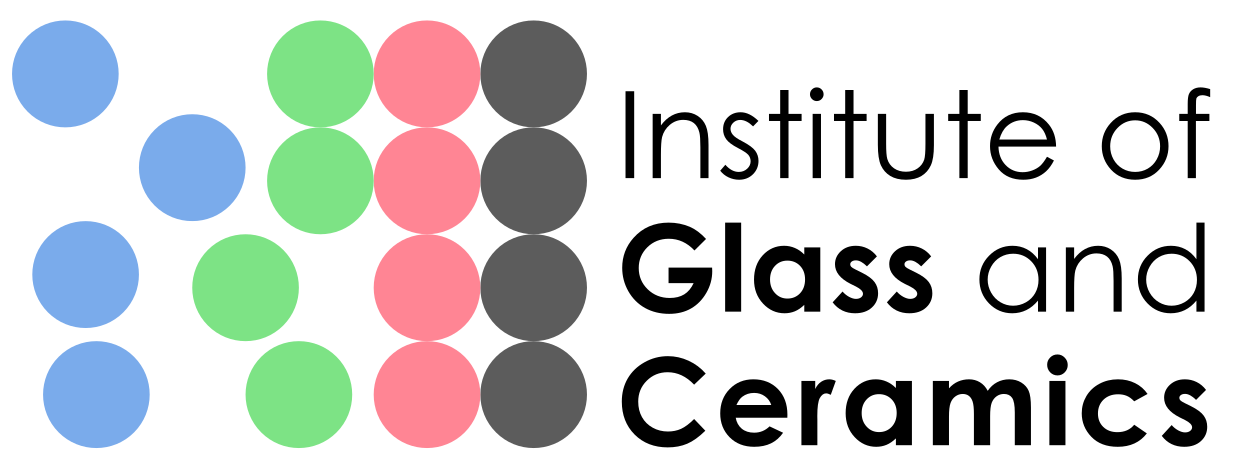Electrical Conductivity of Lead-Free Ferroelectrics
Perovskite lead-free ferroelectrics have been shown to have promising electromechanical properties that can surpass lead-containing PZT. There are, however, certain obstacles that must be overcome before these materials can be implemented in commercial applications, such as the large poling field and significant ferroelectric hysteresis. The largest unipolar strains have been observed in (Bi0.5Na0.5)TiO3–based materials and are understood to be due to an electric-field- induced transformation from a macroscopic nonpolar (ergodic relaxor) to a macroscopic polar (ferroelectric) order, which can be modulated thermally or compositionally. Recent work has shown that through microstructural control, i.e., ceramic/ceramic composite structures, the electromechanical properties can be enhanced. There is currently, however, little understanding about how local effects and bulk material properties influence composite ferroelectrics. Of particular importance is the internal electrical and mechanical field distribution. Therefore, the primary aim of this project is to understand the role of electrical conductivity, interface regions, and local mechanical fields on the macroscopic constitutive behavior of lead-free composite ferroelectrics with a complimentary combination of experimental characterization and simulations.
